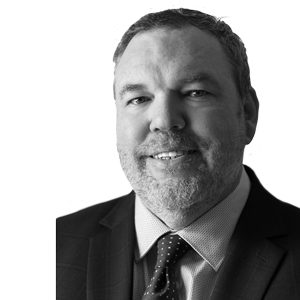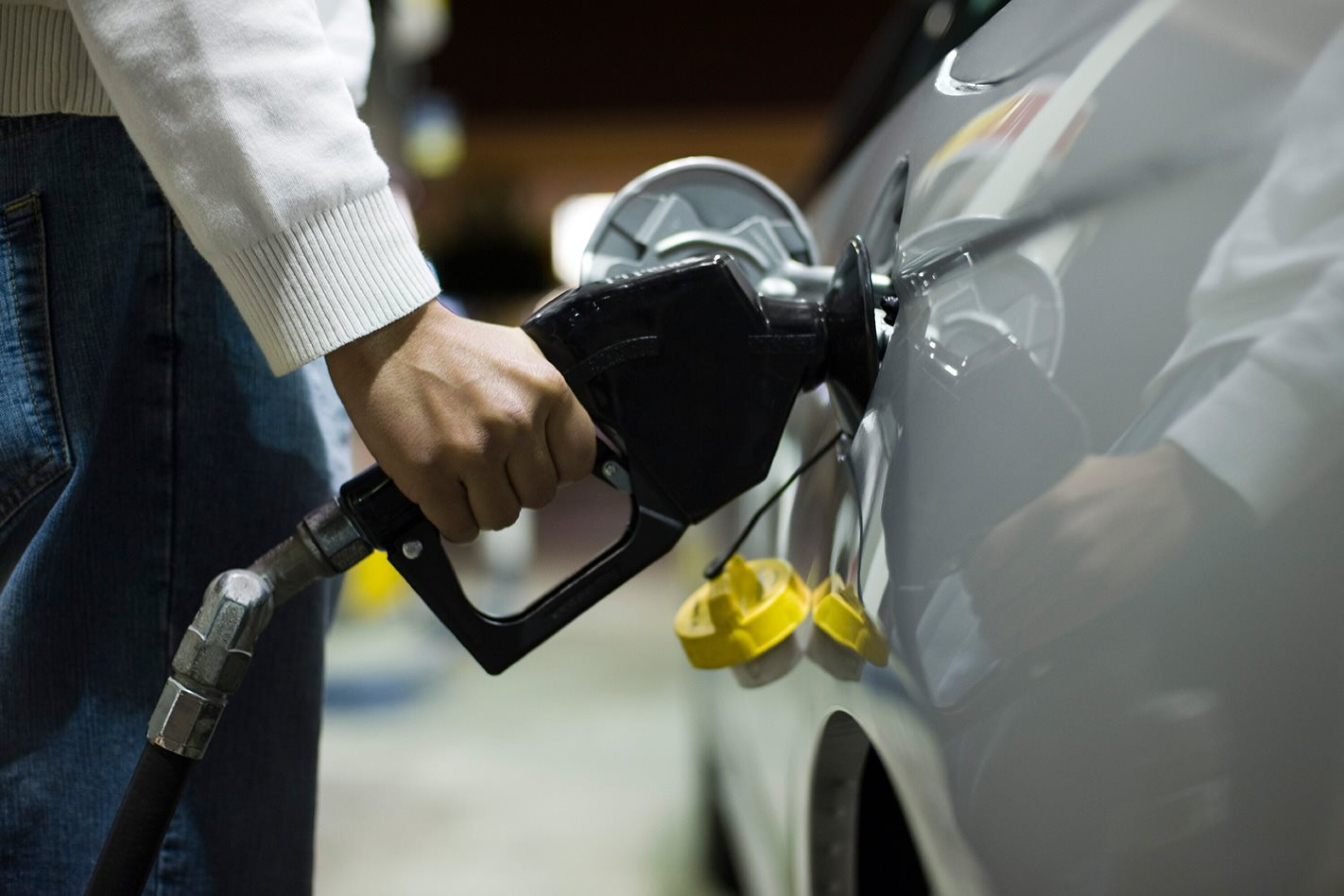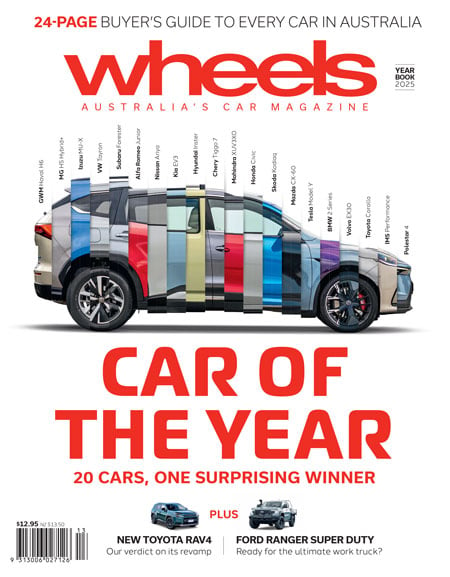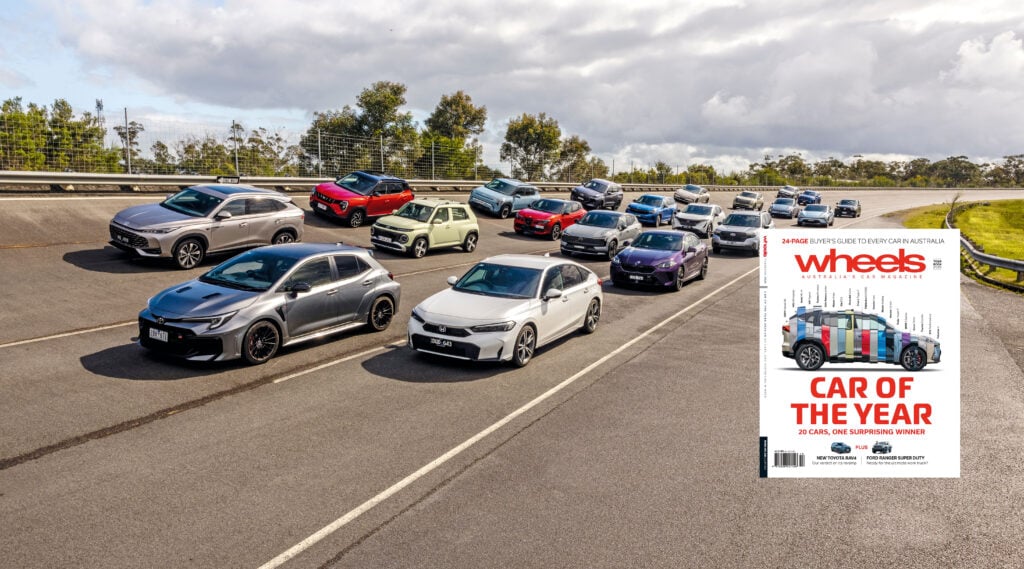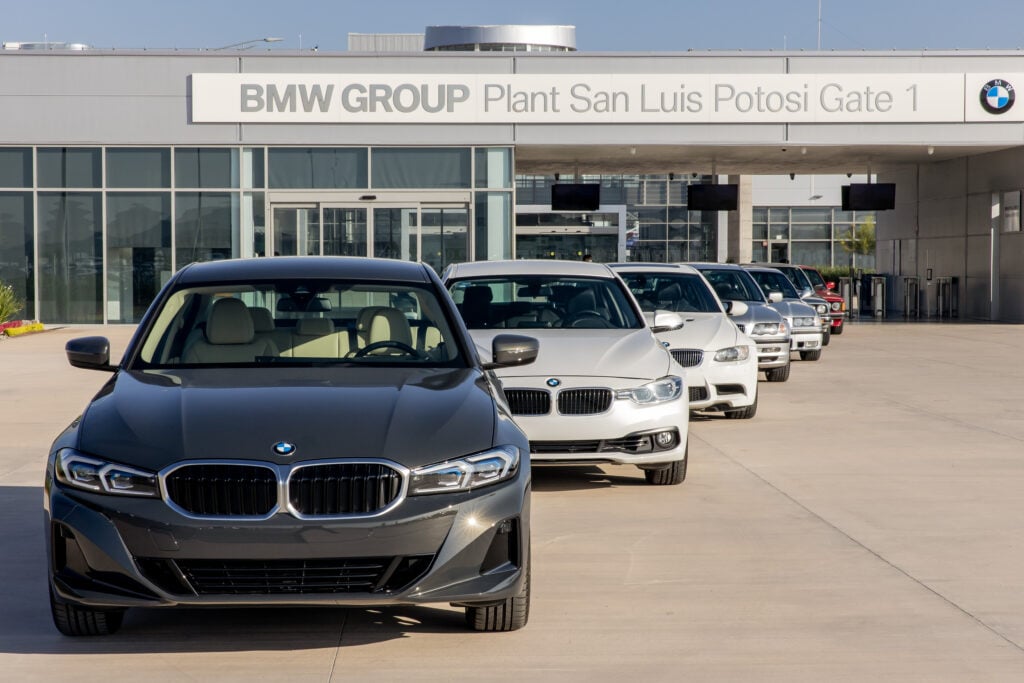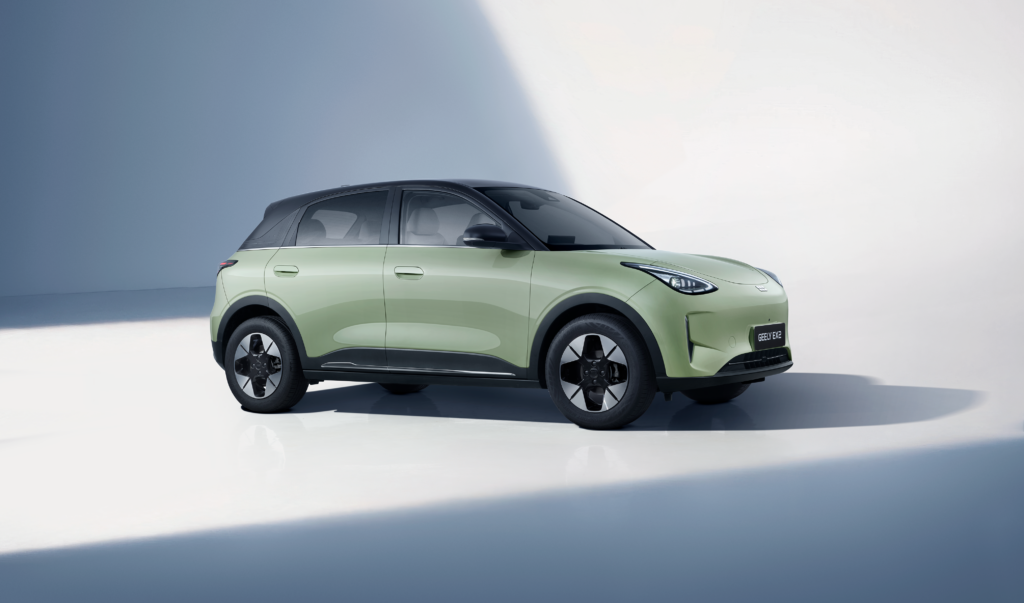Peter Dutton’s announcement that the Coalition will cut fuel excise on petrol and diesel by 25c per litre for one year if elected at the May 3 Federal election has undoubtedly caught the attention of Australian motorists.
In a move squarely aimed at voters for whom the ‘fixed’ weekly costs of driving are a key component of their cost-of-living battle, the Coalition estimates a driver filling up a 55-litre car would save more than $700 – or $14 a week – over the course of the year’s cut. The measure would see a $6billion revenue hit to the budget.
Reaction to the proposal has been swift, with Australia’s peak EV body the Electric Vehicle Council arguing the fuel excise cut strengthens the argument for buying an electrified vehicle, saying drivers can save up to four times the amount suggested by the Coalition per year.
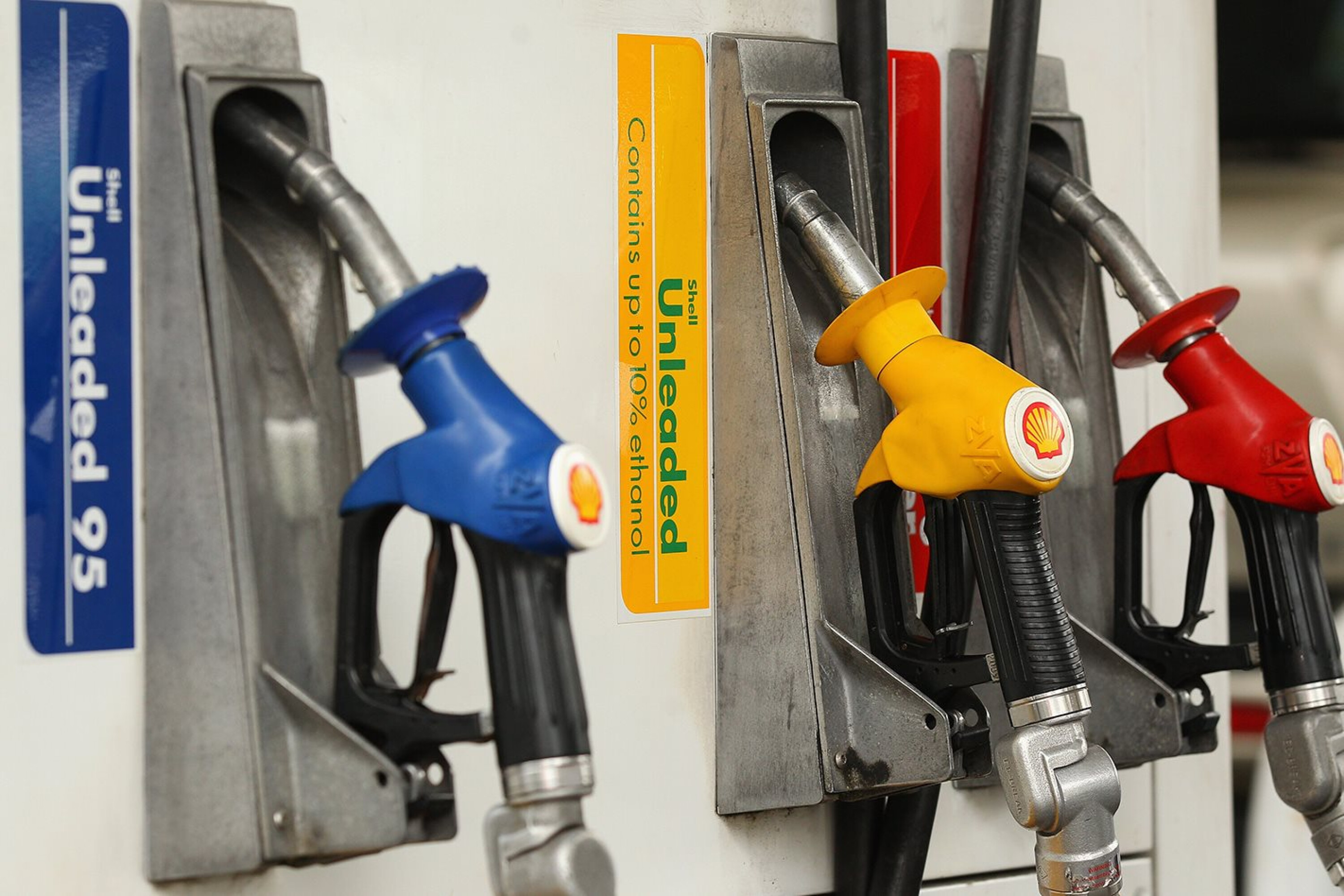
“Cutting the fuel excise may save motorists $700 for one year but switching to an EV saves more than four times that – up to $3,000 per year, every year,” said Electric Vehicle Council CEO Julie Delvecchio in a statement.
“People living in the outer suburbs are leading the way in EV adoption – they generally drive more and recognise the substantial savings that come with electric driving. We should be accelerating the adoption of cheaper-to-run electric vehicles for all Australians, especially those in the outer suburbs and regions.
“We’re seeing EVs now for as low as $30,000, lowering upfront costs that have previously hindered Australians from making the switch.”
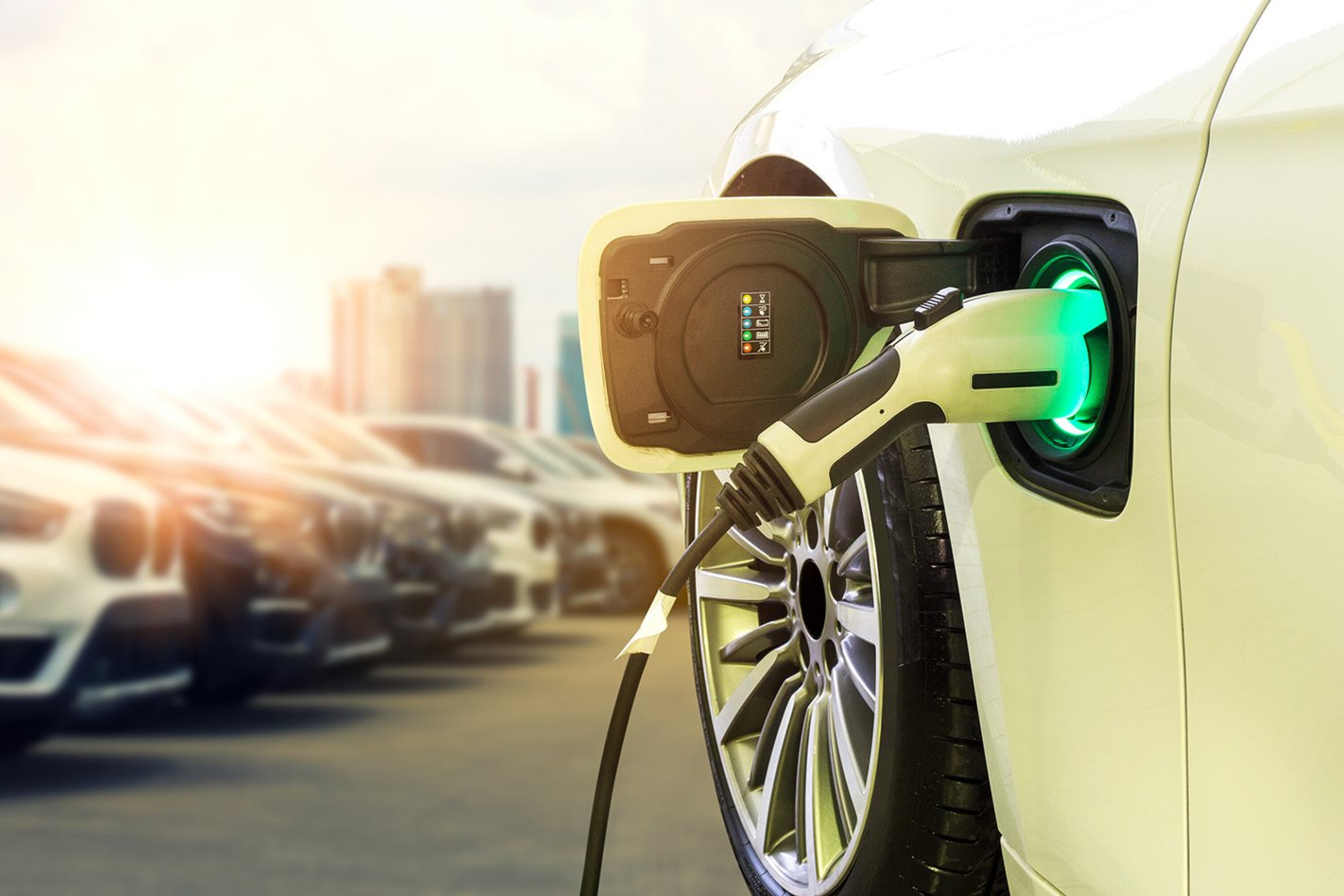
Online, a number of people posted that the Dutton proposal would unduly benefit drivers of large SUVs over those driving smaller, more fuel-efficient cars. One posted a comparison showing that a Dodge RAM 1500 driver doing 13,000km a year would benefit by $7.63 a week with the cut in excise, versus a Toyota Yaris driver banking $2.06 a week.
AMP Chief economist Shane Oliver described a cut in excise as ‘bonkers’ to the Australian Financial Review.
“Every time you do one of these silly things – a subsidy or a temporary tax break – it distracts from the real issue of tax reform in Australia,” said Oliver. “It distracts from the need to undertake fundamental tax reform, and puts it off further into the never, never,” Oliver said.
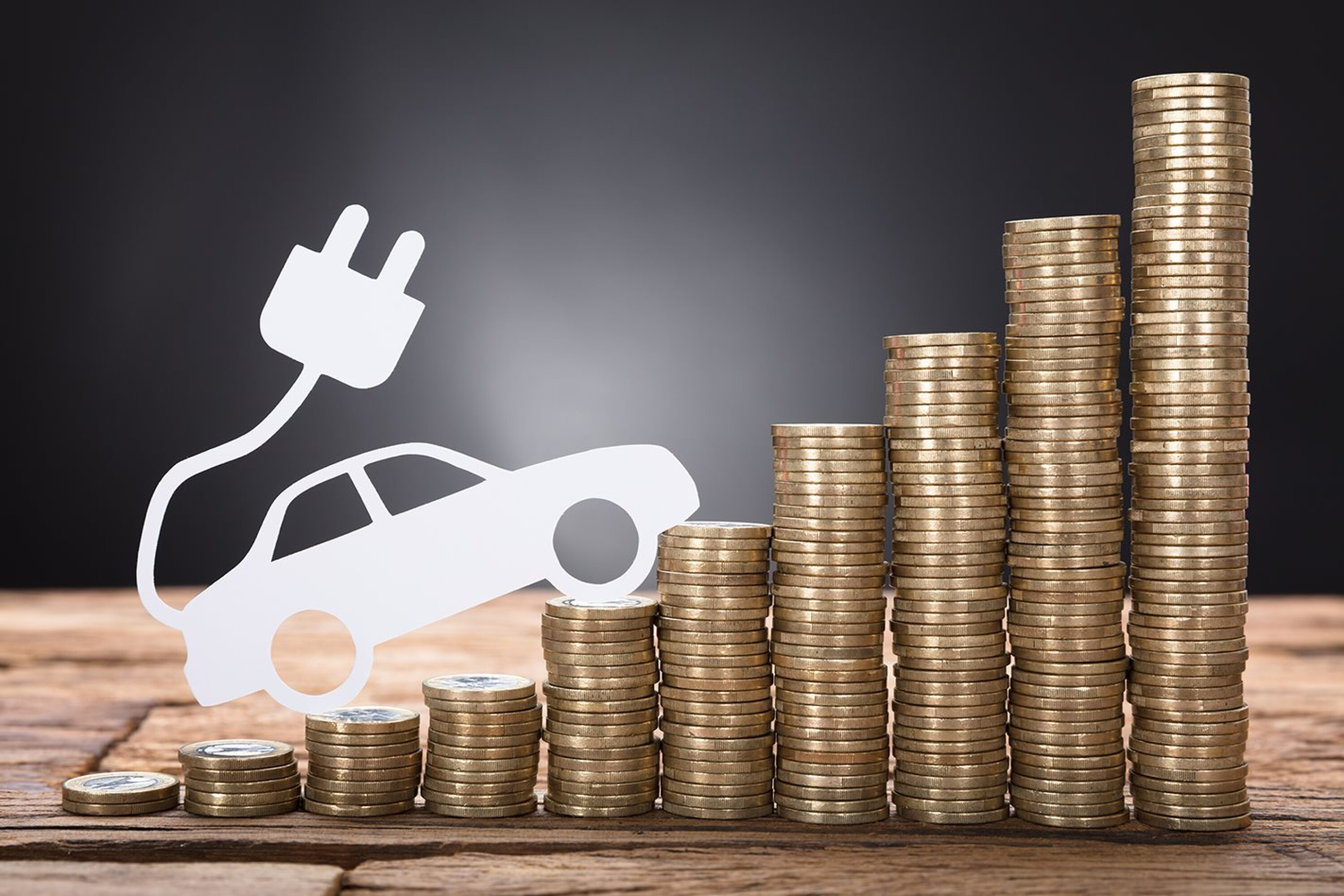
Excise on petroleum fuel is one of the oldest taxes levied by the Australian Government, applying since Federation in 1901. It’s imposed on producers or importers when the fuel leaves their depot, but routinely passed on as higher bowser prices for motorists.
As reported by the ABC, in the final three months of 2024, with petrol prices averaging about $1.80 a litre, excise accounted for about 28 per cent of the cost of fuel, with GST accounting for another 10 per cent. Australia’s fuel excise is considered low when compared with other OECD countries.
The last reduction in fuel excise was for the six-month period between March and September 22, when it was halved as a cost-of-living measure by the Morrison government in the 2022 budget.
We recommend
-
 Advice
AdviceWhat is the fuel excise, where does the money go... and what about EVs?
How is the fuel excise used and are motorists getting the most out of it?
-
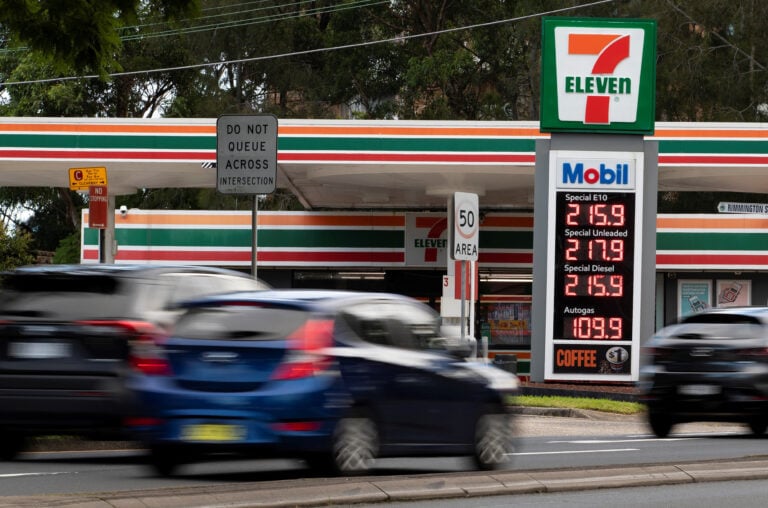 News
NewsACCC to punish fuel providers if they don't pass on fuel excise cut
The competition watchdog will be keeping a watchful eye on companies pocketing the savings for themselves
-
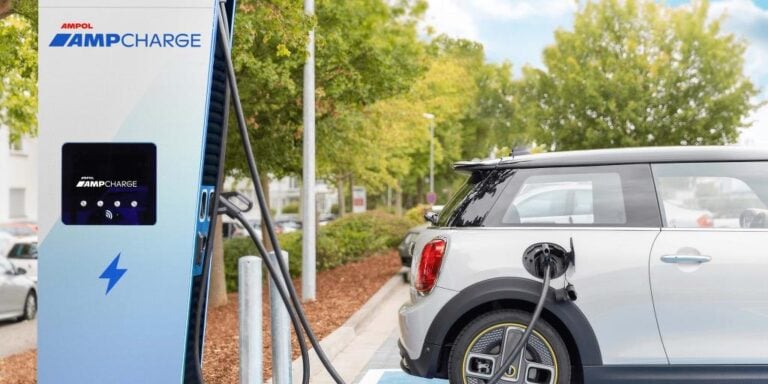 News
NewsFederal Government launches consultation on EV strategy
Australia can't afford to go at the pace other countries did, leaders say, we're already too far behind the curve

